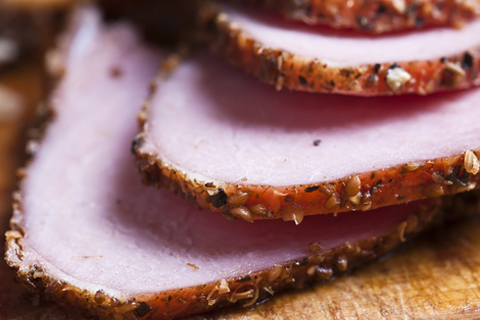Intermittent Fasting: The Basics
by Rosie Millen
08 February 2012
What is Intermittent Fasting?
Intermittent Fasting (IF) is, in it’s simplest definition, a pattern of alternately eating and then fasting, during which the person typically consumes only water. While there are many juice and smoothie fasts, these generally do not fall within the IF category.
Within the field of Intermittent Fasting there are many specific structures, ranging from Alternate Day Fasting (where people fast for 24 hours followed by 24 hours’ non-fasting) to various structures of eating within a time-limited period each day, perhaps over just 4 or 8 hours.
What are the benefits?
Intermittent Fasting is not a new area; it has been under research since the 1940s, and numerous studies have revealed beneficial results including increased longevity, reduced brain insulin signaling, impacted weight loss and insulin sensitivity as well as, if not more than, calorie restriction, reduced cardiovascular risk factors, reduced side-effects of chemotherapy treatment, better metabolic adaptations, increased muscle protein synthesis, and higher anabolic responses to post-training eating, amongst others.
Within the fitness world specifically, people are attracted to IF as a diet regime that understands and satisfies their unique nutritional, fitness and body composition requirements.
I haven’t heard much about IF before – why is that?
Interestingly, the IF principles go against many common ideas about healthy eating.
Many diets are based on the understanding that eating regularly is vital for maintaining stable blood sugar levels. Eating every 3-4 hours has been staple advice within the nutrition field (and is still very relevant for some people), and so IF has had a journey of being quite angrily condemned as not true, being mocked for being so different, and gradually over time being accepted as a beneficial diet* program.
What’s fascinating to me is that virtually every nutritional discovery has to go through the same process before being accepted.
IF has already gone from being mocked by it’s earliest followers to being adopted by a cult-like group, and it is beginning to become more mainstream.
How can I get started with IF?
Begin gradually.
Start by calculating how many eating hours you have in a typical day – this is simply the number of hours between you eat your first food of the day, and your last food of the day.
This is your current non-fasting period each day – unless you are getting up in the night to break that fast!
Follow this process to get started with Intermittent Fasting:
- Skip breakfast. Try to hold out until lunch, but if you need a snack before lunch time, have one. Try to hold out a little longer each day.
- When you are comfortable with not eating before lunch, hold out on eating lunch until that lunch-time slot will give you an eight hour non-fasting period.
- Treat lunch as your breakfast, in the literal sense that it is now the meal that will break your fast. It is also likely to be your pre-workout meal.
- Have two other meals during your non-fasting period; a post-workout meal providing a high carbohydrate, moderate protein and low fat meal, and an additional, smaller, meal near the end of your non-fasting period.
Can I drink anything during the fasting period?
Yes.
You can drink water (still or sparkling), decaf coffee and tea. Avoid sugar-free drinks due to the artificial sweeteners contained in them.
How many calories should I consume during the non-fasting period?
For more information about your specific calorie and nutrient breakdown, MPH Fitness offer full nutritional consultations and bespoke Intermittent Fasting meal plans. These consultations take into account your lifestyle, training schedule, personal goals and any relevant health history, in order to provide you with a completely personalized program.
* I should clarify. I use the word ‘diet’ a lot. I use it in it’s literal sense, meaning everything you consume, not as the term is often used, meaning a weight loss attempt.
This article was written by Rosie Millen, you can see all thier articles here.






